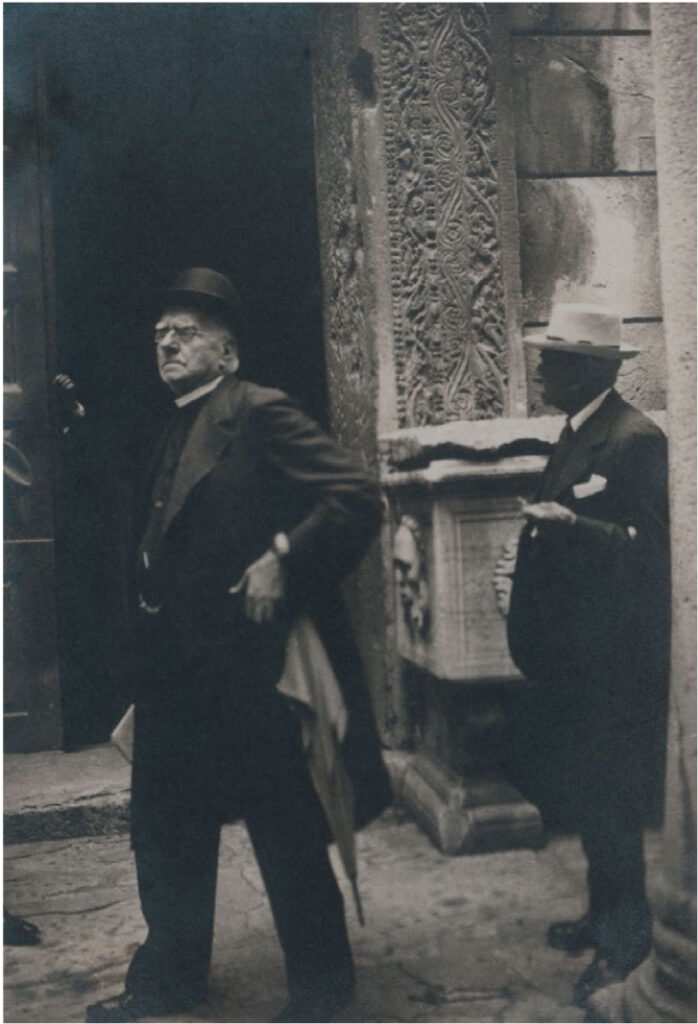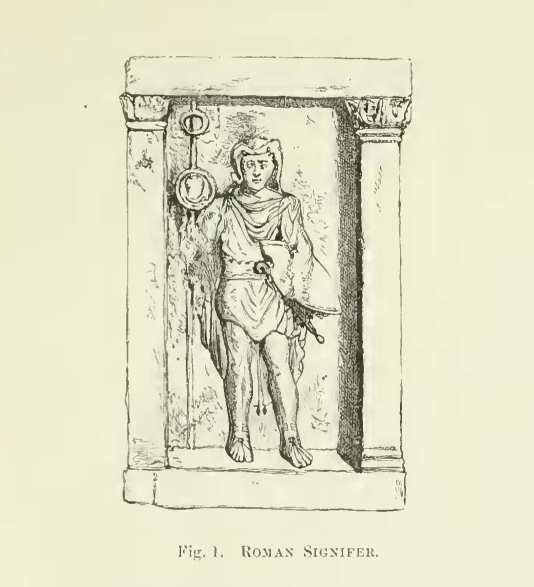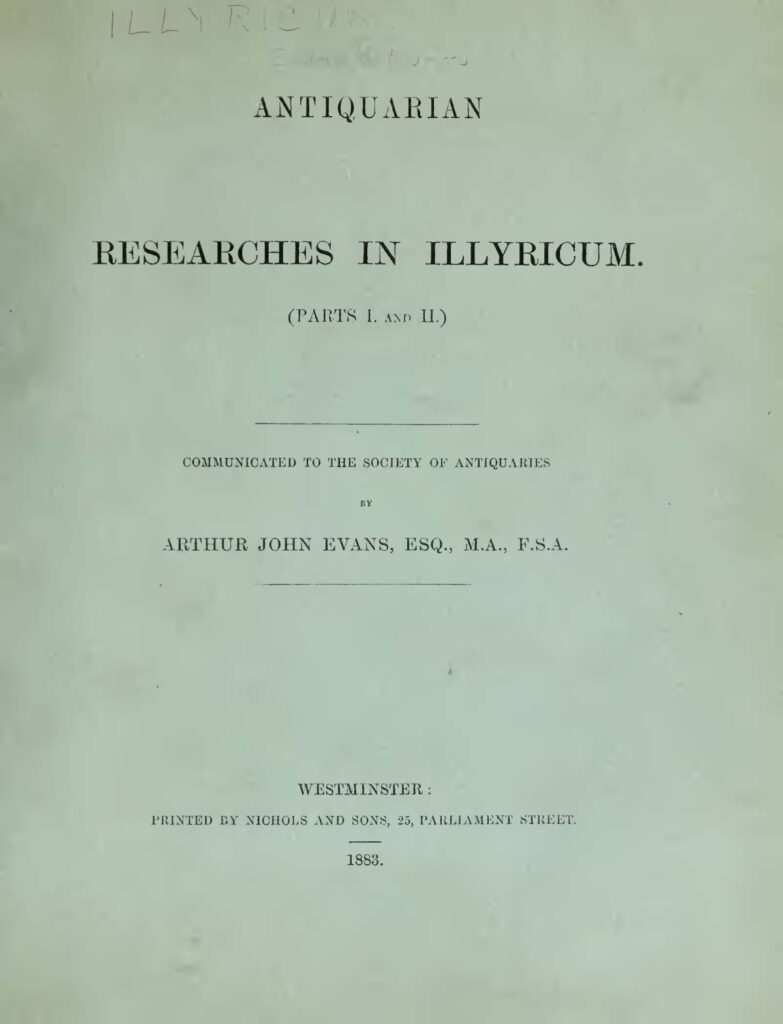We are on the borders of another world. We are captivated by the inspiration of the south. From these blue bosoms the waves lap the ruins of Hellenic Epidaurus. – Arthur Evans will write in 1875, meeting Dubrovnik and the Dubrovnik area for the first time, in the belief that he would stay there longer. This was after he crossed Bosnia and Herzegovina by foot with his younger brother Lewis, three years before the Austro-Hungarian occupation. From Vienna, they arrived by train in Zagreb, and then via Karlovac, after a short stay in Sisak, they sailed across the Sava towards Slavonski Brod, from where they were to enter Bosnia and Herzegovina. A remarkable travelogue full of ethnographic and historical short stories is complemented by Evans ’drawings of the motifs he came across.Among all the travel writers of this time who passed through the Balkans, Evans is without a doubt, besides Russian Giljferding, the most important name and scientist of large format, sometimes more important than the object he described, Ekmečić will write in his work Image of Bosnia and Herzegovina in European travel literature, 1850 to 1878.
Truly famous, archaeologist Arthur Evans was born in 1851 in Nash Mills, not far from London. He inherited an interest in antiquities from his father, a prehistorian, archaeologist and entrepreneur, and studied at Oxford and Göttingen, Germany. Already in his early twenties, his adventurous spirit led him on a not at all leisurely journey through the Balkans, parts of which were still under the Ottoman Empire at the time. He was director of the Ashmolean Museum in Oxford, while the archaeological excavations he conducted in Crete from 1894 made him world-famous. Undoubtedly we are interested in the research he conducted in Cavtat and Konavle during his stay in Dubrovnik, between 1875 and 1882 and how did Evans stay so long in our area?
The above mentioned trip around Croatia and Bosnia ended with a visit to Dubrovnik, which enchanted Evans, as well as the surrounding area. He sailed by trabaccolo to Cavtat. I found a bright peasant in Cavtat. He led me around and showed me old and familiar plates in the locality. Other citizens of Cavtat also showed a natural willingness to support my research. So no one was upset about my entry into their apartments, so I soon saw a whole museum of Roman antiquities scattered between the old walls and courtyards – wrote Evans in a travelogue which he published in 1876 under the title Through Bosnia and the Herzegovina on Foot during the Insurrection, August and September 1875. Through this work he imposed himself as an expert on Balkan issues, i.e. the so-called eastern issues.
Thus, as early as January 1877, he was hired as a correspondent for the Manchester Guardian, based in Dubrovnik. Following the turbulent political situation, he visited many places in Dalmatia, Bosnia and Herzegovina, Montenegro, Serbia, Macedonia and Albania, recording archaeological sites and monuments along the way. At that time, he began to explore a prehistoric stone pile in Konavle, but after only three days of work a war broke out between the Ottomans and Montenegrins and Evans went to Cetinje to report to Manchester Guardian readers on news from the hotspot. Returning to Dubrovnik after two weeks, the circumstances were such that he was unable to complete the research he had begun. Namely, the historian Edward Freeman arrived in Dubrovnik with his daughters, one of whom will soon become Evans’ wife. He returned briefly to England, where in early 1878 he published the book Illyrian letters, which became the basic literature related to Eastern issues. Soon Evans returns to Dubrovnik, where his wife joined him at the end of the year. He still travelled frequently to the surrounding countries, but since the mid-1880s the Manchester Guardian has showed less and less interest in Balkan topics, and Evans has devoted himself more to archaeology. Turbulent times and newspaper columns in which he often writes about the defeats of the Austrian army put Evans on the list of enemies of Austrian state interests and, despite numerous friendly warnings, on March 2, 1892, concluding that he was a spy, the authorities issued an expulsion from the country, five days after which he was captured and imprisoned. Thanks to pressure from England, but also to revolts calming and Austrian control being established, Arthur Evans was released from the solitary confinement in Dubrovnik on April 23, 1892 and, as the Slovinac magazine reported, he was expelled from all countries represented in the Vienna House of Representatives.
It is interesting that Arthur Evans, two months after his return to London, gave his first lecture on archaeological topics of our region to members of the Antiquarian Society, about ancient gems he collected in Dalmatia, including those from Cavtat. At the end of the year, there will be a lecture on Epidaurus, Konavle and Risan, which he will publish in the book Antiquarian Researches in Illyricum, which is still the basis for research into the history of Cavtat and Konavle.
Arthur Evans visited Croatia and Dubrovnik again at a late age, in 1932, places that, despite the hardships he experienced there, and his later world fame, remained close to his heart.



